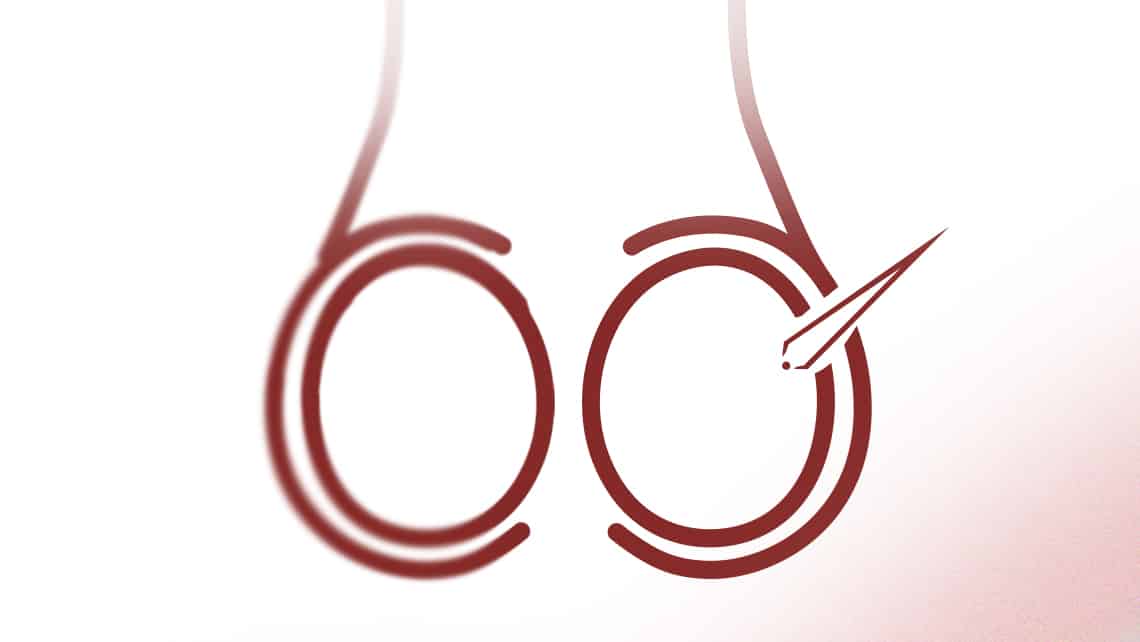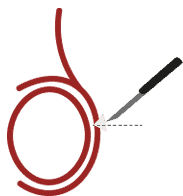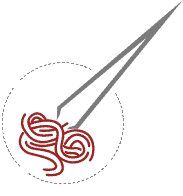
Testicular biopsy (TESE)
Índice
What is testicular biopsy (TESE)?
Open testicular biopsy or TESE (Testicular Sperm Extraction) is a simple surgical procedure performed in the operating theatre by a specialised urologist under local anaesthesia or sedation. Since its usefulness in assisted reproduction was demonstrated in 1990s, it has become a routine technique in the laboratory to meet the needs of certain types of patients.
This technique consists of removing tissue directly from the interior of the testicle. Depending on the biopsy purpose, this tissue can be used to obtain viable sperm for sperm microinjection (ICSI) in those patients in whom no sperm is found in the ejaculate. But also the extracted tissue can be used for histological diagnostics (meiosis studies or other cytogenetic studies).
Which patients can benefit from testicular biopsy (TESE)?
The patients who can mainly benefit from this technique are those where no sperm are found in the ejaculate. This type of condition is called azoospermia and affects 1% of the general population. In the infertile population the proportion rises to 15%. Depending on the origin of azoospermia, two types can be distinguished:
Non-obstructive or secretory azoospermia (NOA). This type of azoospermia is caused by testicular failure resulting in reduced sperm production. The testes of patients with this type of infertility usually have some areas in the testicular tissue that are active in sperm production and are surrounded by inactive areas. NOA can be due to a primary or secondary cause.
- Primary causes include those of genetic origin (microdeletions of the Y chromosome), chromosomal (karyotype abnormalities), infections (mumps), chemotherapy, certain medications (testosterone, steroids, psychiatric medication, hypertensives), incomplete descent of the testicles (cryptorchidism), trauma or testicular torsion.
- Secondary causes are mainly Kallmann’s syndrome and the presence of prolactinoma, both related to the hormonal regulation of the entire hypothalamus-pituitary-testes axis.
Obstructive azoospermia (OA). Unlike NOA, this type of azoospermia is characterised by the fact that sperm are produced in the testes but are not found in the ejaculate because there is an obstruction in the ducts. This condition can be congenital or acquired.
- Among the most common congenital causes is congenital bilateral absence of the vas deferens (CBAVD) caused by a mutation in the cystic fibrosis gene (CFTR). Also idiopathic epididymal obstruction.
- Common acquired causes include vasectomy, infections, trauma and cysts.
Same way, patients with problems in obtaining a sample by ejaculation or also those in whom the quantity or quality of the sample is insufficient to be able to perform an assisted reproduction technique with a certain chance of success, may also benefit from a testicular biopsy.
Finally, patients with a high rate of sperm DNA fragmentation have also been proposed as candidates to benefit from TESE. Studies confirm that the rate of DNA fragmentation in testicular sperm is lower than in ejaculated sperm. However, it is not a technique of choice in our centre at this time. There is still no clear indication for TESE for males with high fragmentation, and it must also be taken into account that there is a greater genetic abnormality in testicular spermatozoa than in ejaculated spermatozoa.
TESE procedure (testicular biopsy)
TESE is a simple and relatively quick surgical procedure, lasting about 20-30 minutes. It is performed under sedation in the operating theatre. During the procedure, a small incision of about 2-3 cm is made in the scrotum, followed by another incision in the testicle. The urologist then collects one or more pieces of testicular tissue that may contain the sperm (Image 1). One of the embryologists working in the laboratory will collect this portion of tissue and proceed to analyse it under a magnifying glass or microscope.
The processing in the laboratory consists of carefully fractioning the tissue so that the sperm can be observed. If no sperm are found, another piece of tissue will be removed from another area of the testicle. If viable sperm are present, the sample is incubated until use in microinjection or until frozen.
Incisions are closed with sutures. Relative rest is usually recommended for 24-48 hours afterwards and painkillers and anti-inflammatory drugs may also be prescribed.



Image 1. TESE.
Risks and possible complications of testicular biopsy (TESE)
Complications related to testicular biopsy are rare as it’s a simple and quick technique. Wound bleeding is rare, although it can occur, as well as bruising. These subside within a few days and are not usually risky. Infections may also appear in the wound, which disappear with the appropriate instructions from the specialist doctor in charge of the case.
Bibliography
- Safran A, Reubinoff BE, Porat-Katz A, Schenker JG, Lewin A. Assisted reproduction for the treatment of azoospermia. Human Reproduction 1998;13(suppl 4):47–60.
- Janosek-Albright KJC, Schlegel PN, Dabaja AA. Testis sperm extraction. Asian Journal of Urology 2015;2(2):79–84.
- Wosnitzer MS, Goldstein M. Obstructive Azoospermia. Urologic Clinics of North America 2014;41(1):83–95.
- Shin DH, Turek PJ. Sperm retrieval techniques. Nature Reviews Urology 2013;10(12):723–30.
- Rosellen J, Steffens J, Kranz J. Testikuläre Spermienextraktion bei männlicher Infertilität. Der Urologe 2021;60(7):921–31.
- Zarezadeh R, Fattahi A, Nikanfar S, Oghbaei H, Ahmadi Y, Rastgar Rezaei Y, et al. Hormonal markers as noninvasive predictors of sperm retrieval in non-obstructive azoospermia. Journal of Assisted Reproduction and Genetics 2021;38(8):2049–59.
- Godart ES, Turek PJ. The evolution of testicular sperm extraction and preservation techniques. Faculty Reviews 2020;9.
Beatriz Boyano, an embryologist at Instituto Bernabeu
